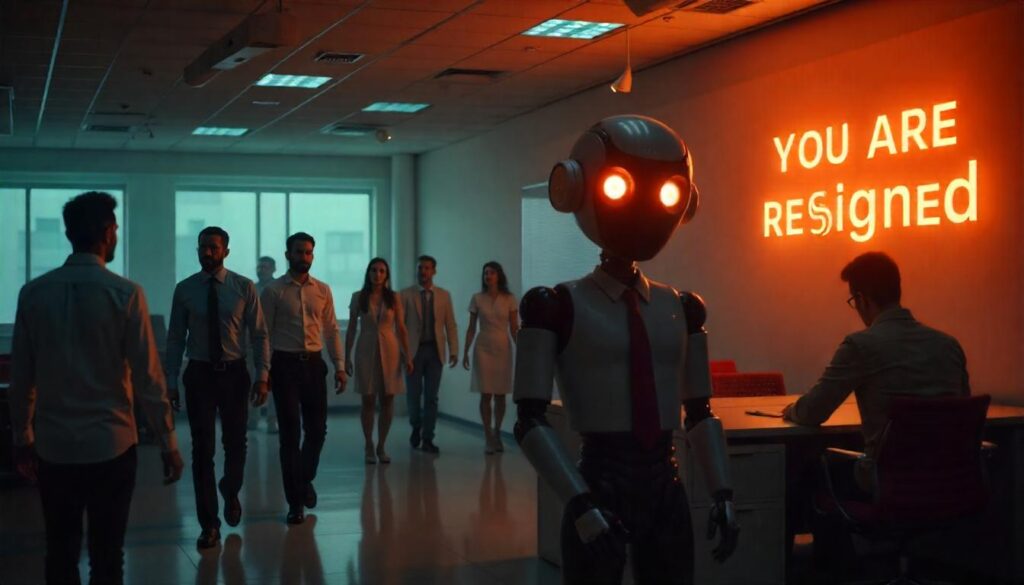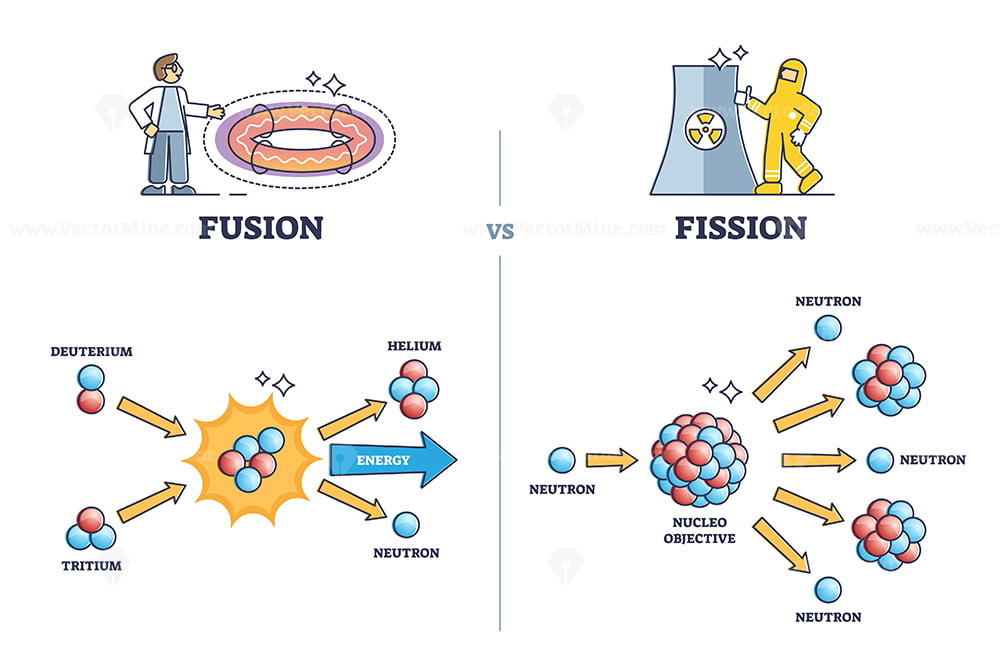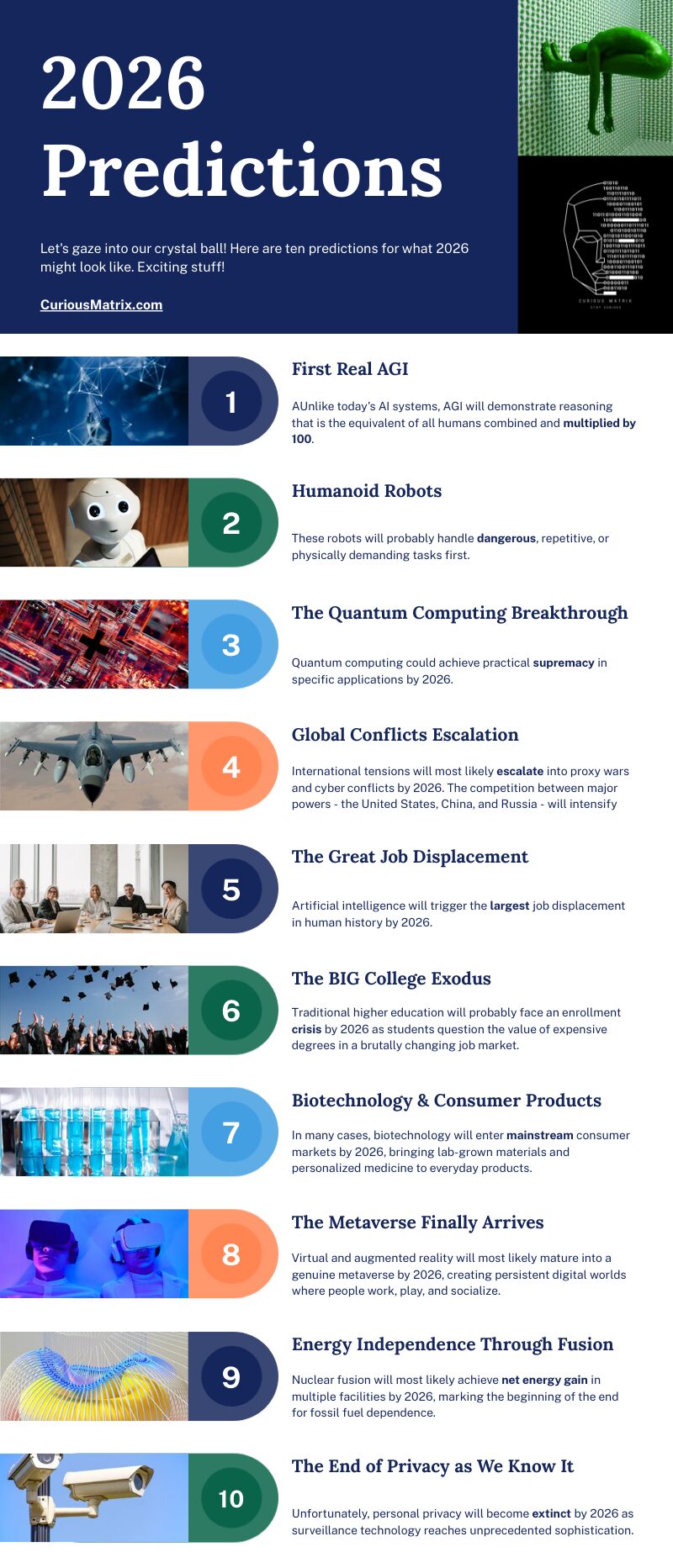
The year 2026 will come sooner than we think. I mean, it’s always like that, especially as we get older — the years seem to pass faster than ever before.
However, this time it really feels like we are kind of standing at the edge of a cliff, because it seems the world could change dramatically any day now. And of course, history also teaches us that change often arrives not gradually, but in sudden bursts that reshape everything we thought we knew.
Consider how the iPhone transformed our world in 2007, or how the pandemic changed everything, both for the worse, perhaps?
Well, now imagine that pace of change compressed into a single year.
That could easily be 2026, because so many things are happening right now.
So first, let’s start with a simple infographic showing what we think might happen, and then we’ll go into details.
Infographic: 10 Predictions for 2026
1. First Real AGI

Artificial General Intelligence will most likely emerge in its earliest real form by 2026. Unlike today’s AI systems, AGI will demonstrate reasoning that is the equivalent of all humans combined and multiplied by 100.
The breakthrough will probably come from one of the major tech giants – OpenAI, Google DeepMind, or Anthropic – though the exact timeline remains uncertain. These systems will likely solve complex mathematical proofs, write ultra-sophisticated code, and engage in scientific reasoning that exceeds any human capability.
The implications will be huge. AGI systems will accelerate research in every field imaginable. Drug discovery timelines will compress from decades to months. Climate solutions will develop at an unparalleled speed. Basically, we could expect numerous scientific breakthroughs in 2026, all because of AGI.
But the transition will be very, very turbulent. Governments will struggle to regulate systems they barely understand.
The gap between AI-powered nations and those without access will, unfortunately, widen dramatically.
And society as a whole will have a hard time trying to understand fundamental questions about consciousness, rights, and the nature of intelligence itself. Not only that, but even more people will start to question the true nature of reality.
Interesting fact: The first computer program to beat a human at chess was written in 1951 (Turochamp by Alan Turing), but it took 46 years before Deep Blue defeated world champion Garry Kasparov in 1997.
2. Humanoid Robots in the Workforce

Humanoid robots will most likely begin working alongside humans in warehouses, factories, and service industries by 2026. Companies like Boston Dynamics, Tesla, and Honda will deploy thousands of bipedal machines designed to navigate human environments.
These robots will probably handle dangerous, repetitive, or physically demanding tasks first. They’ll clean office buildings at night, and work at fast food restaurants, and some will perhaps even walk on the streets together with us humans.
Their human-like form factor will allow them to use existing tools and infrastructure without costly modifications.
Early models will have problems, but they’ll learn from experience and become more capable over time.
Labor unions will likely resist the deployment, fearing job losses. Governments will probably implement robot taxes to fund retraining programs.
One thing is certain – the social contract between workers and employers will face its greatest test since the Industrial Revolution.
Interesting fact: The word "robot" comes from the Czech word "robota," meaning forced labor or work. It was first used in Karel Čapek's 1920 play "R.U.R. (Rossum's Universal Robots)."
3. The Quantum Computing Breakthrough

Quantum computing could achieve practical supremacy in specific applications by 2026. While universal quantum computers most likely remain years away, specialized quantum systems will solve real-world problems that classical computers cannot handle.
The breakthrough will probably occur in drug discovery first. Quantum computers will model molecular interactions with unprecedented accuracy, leading to breakthrough treatments for cancer, Alzheimer’s, and other diseases. Pharmaceutical companies will cut development times from decades to years or even months.
Financial markets will likely adopt quantum algorithms for risk analysis and portfolio optimization. Trading strategies will become more sophisticated as quantum systems process huge amounts of market data in real-time.
The advantage will be so significant that firms without quantum access will struggle to compete.
And then we’ll have security issues. Cryptography will face an existential crisis. Current encryption methods will become vulnerable to quantum attacks.
One thing is certain – the race between quantum code-breakers and quantum code-makers will increase.
Interesting fact: A quantum computer with just 300 qubits could perform more calculations simultaneously than there are atoms in the universe.
4. Global Conflicts Escalate Into Something Darker

International tensions will most likely escalate into proxy wars and cyber conflicts by 2026. The competition between major powers – the United States, China, and Russia – will intensify as resources become scarcer and technological advantages shift.
The South China Sea will probably see increased military activity as China asserts its territorial claims. Taiwan will remain at a crossroads, with both sides building up military capabilities.
The risk of miscalculation will grow as automated defense systems react faster than human decision-makers can intervene.
Cyber warfare will likely become the preferred method of conflict. Nation-states will attack each other’s infrastructure, financial systems, and communication networks.
Basically, the lines between war and peace will completely blur as countries engage in constant low-level digital combat.
Interesting fact: The first recorded cyber attack between nations occurred in 2007 when Russia allegedly targeted Estonia's digital infrastructure, taking down government websites and banking systems for weeks.
5. The Great Job Displacement

Artificial intelligence will trigger the largest job displacement in human history by 2026. And, unlike previous technological revolutions that created new types of work, AI will automate cognitive tasks that were previously thought to be uniquely human.
White-collar jobs will probably face the greatest disruption. Namely, AI systems will handle legal research, financial analysis, medical diagnosis, and content creation with superhuman efficiency.
Radiologists, accountants, and junior lawyers will find their roles fundamentally changed or eliminated entirely.
And the displacement will likely happen faster than society can adapt.
Governments will probably implement experimental universal basic income programs to support displaced workers.
Basically, society will have many challenges. Because UBI can solve one thing (money), but can not solve the purpose. On the horizon, there are no plans for „Universal Basic Purpose.“
Interesting fact: The last major job displacement occurred during the Industrial Revolution, when 90% of agricultural workers in developed countries moved to other industries over the course of 150 years.
6. The BIG College Exodus

Traditional higher education will probably face an enrollment crisis by 2026 as students question the value of expensive degrees in a brutally changing job market.
Online learning platforms will probably capture significant market share from universities. Companies like Coursera, Udacity, and Lambda School will offer specialized training programs that prepare students for specific careers in months rather than years.
The student debt crisis will likely accelerate the exodus. With average debt loads exceeding $30,000 and uncertain job prospects, many young people will choose apprenticeships, trade schools, or entrepreneurship instead of traditional college.
And it’s about time, as we’ve written in our article titled History of Education. Namely, standard education is a relic of the past, and in 2026, this will materialize even more.
Important Info – The NEW Colleges
So if the college exodus continues to grow more and more, what will the people do? Well, companies like Coursera, Udacity, and Lambda School are already offering specialized training programs that prepare students for specific careers in months rather than years. These are the NEW colleges.
Interesting fact: College enrollment in the United States peaked in 2010 at 21 million students and has been declining steadily since then, dropping by over 1 million students between 2020 and 2023.
7. Biotechnology & Consumer Products

In many cases, biotechnology will enter mainstream consumer markets by 2026, bringing lab-grown materials and personalized medicine to everyday products.
Lab-grown meat will not yet reach price parity with conventional meat in major markets, but it will be much cheaper than now.
Personalized medicine will likely become accessible to middle-class consumers. Genetic testing will guide customized treatments for everything from depression to diabetes. Pharmacies will compound medications tailored to individual genetic profiles.
Biomanufacturing will probably revolutionize materials production. Bacteria will produce plastics, textiles, and chemicals with zero carbon emissions. Spider silk proteins will create stronger-than-steel fibers for clothing and construction materials.
Interesting fact: The first genetically modified therapeutic product approved for human use was human insulin produced by bacteria in 1982. Today, the vast majority of insulin used by diabetics comes from genetically engineered microorganisms, replacing the animal-derived insulin that was previously the only option.
8. The Metaverse Finally Arrives (Kind Of)

Virtual and augmented reality will most likely mature into a genuine metaverse by 2026, creating persistent digital worlds where people work, play, and socialize.
The technology will finally deliver on the promises made during the VR hype cycles of the past decade.
Apple’s Vision Pro and Meta’s Quest headsets will probably achieve mainstream adoption as prices drop and content improves. The devices will become lighter, more comfortable, and capable of all-day use without causing fatigue or motion sickness.
Remote work (in tech companies) will likely shift from video calls to virtual offices where colleagues interact as avatars in shared digital spaces.
Entertainment will probably transform as creators build immersive experiences that blur the line between games, movies, and social media. Virtual concerts, sports events, and educational programs will attract audiences larger than their physical counterparts.
Interesting fact: The term "metaverse" was coined by science fiction author Neal Stephenson in his 1992 novel "Snow Crash," describing a virtual reality successor to the internet where people interact through avatars.
9. Energy Independence Through Fusion

Nuclear fusion will most likely achieve net energy gain in multiple facilities by 2026, marking the beginning of the end for fossil fuel dependence.
While commercial fusion power remains years away, the scientific breakthrough will trigger massive investment in the technology.
The ITER project in France will probably demonstrate sustained fusion reactions that produce more energy than they consume. Private companies like Commonwealth Fusion Systems and TAE Technologies will achieve similar milestones with smaller, more efficient reactor designs.
Governments will likely launch Manhattan Project-scale efforts to commercialize fusion technology.
The country that masters fusion first will gain enormous economic and geopolitical advantages. Energy will become abundant and cheap, transforming every aspect of human civilization.
The fossil fuel industry will probably begin its terminal decline as investors shift capital toward fusion and renewable energy. Oil prices will become increasingly volatile as demand peaks and alternative energy sources proliferate.
Interesting fact: The Sun produces energy through nuclear fusion, converting 600 million tons of hydrogen into helium every second and releasing energy equivalent to trillions of hydrogen bombs detonating simultaneously.
10. The End of Privacy as We Know It

Unfortunately, personal privacy will become extinct by 2026 as surveillance technology reaches unprecedented sophistication (wink wink Palantir).
The combination of AI, facial recognition, and ubiquitous sensors will make an anonymous existence nearly impossible in developed countries.
Governments will probably deploy comprehensive surveillance systems justified by national security concerns.
China’s social credit system will expand globally as other nations adopt similar technologies to monitor and control their populations.
Corporations will likely know more about individuals than they know about themselves. AI systems will predict behavior, preferences, and health conditions with startling accuracy based on digital footprints and biometric data.
The younger generation will probably accept this reality as the price of convenience and security.
Privacy will become a luxury good available only to the wealthy who can afford to opt out of digital systems!
Interesting fact: The average person is captured on security cameras 70 times per day in major cities. By 2026, facial recognition systems will be able to identify individuals even when wearing masks or sunglasses.






























